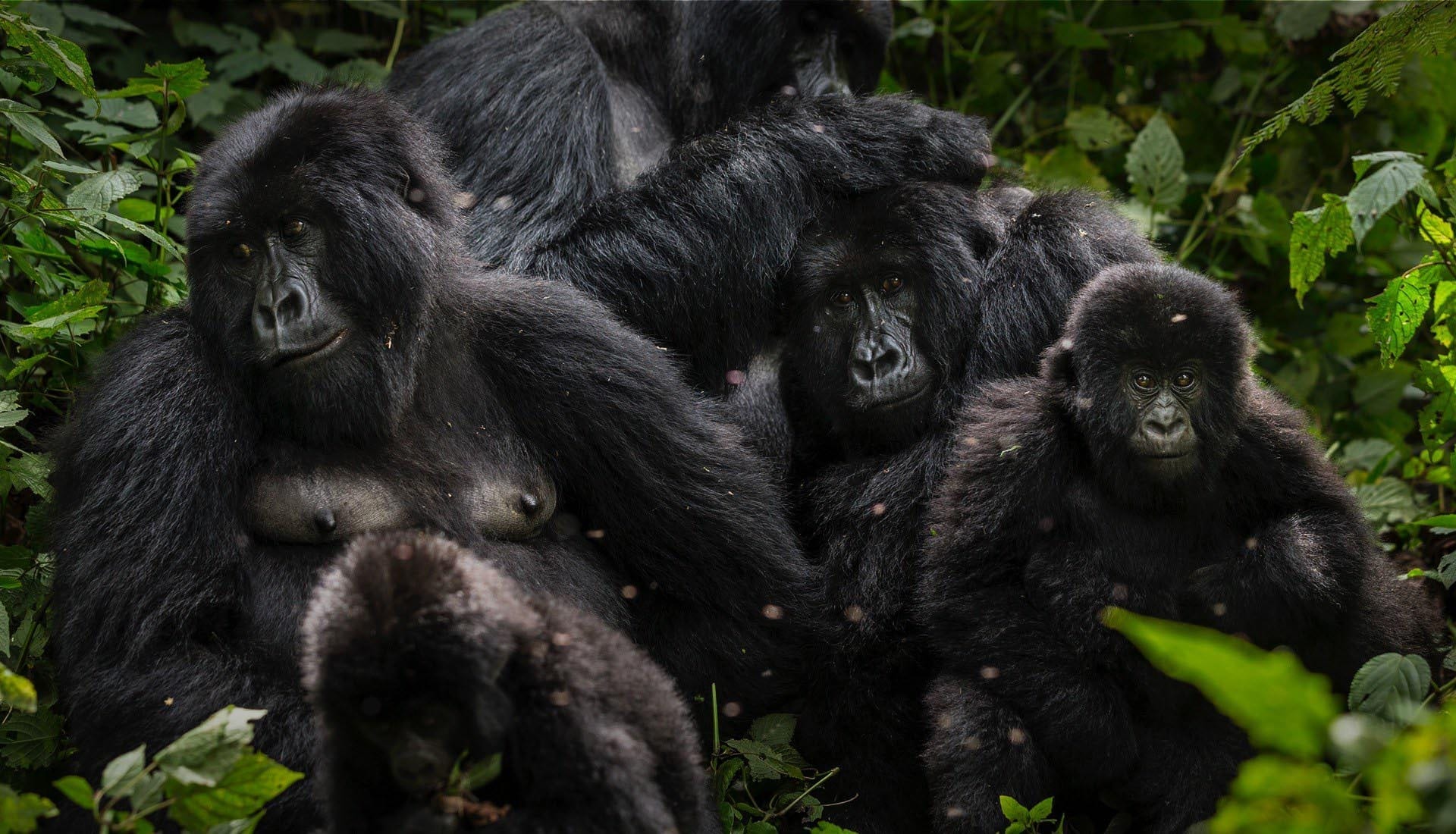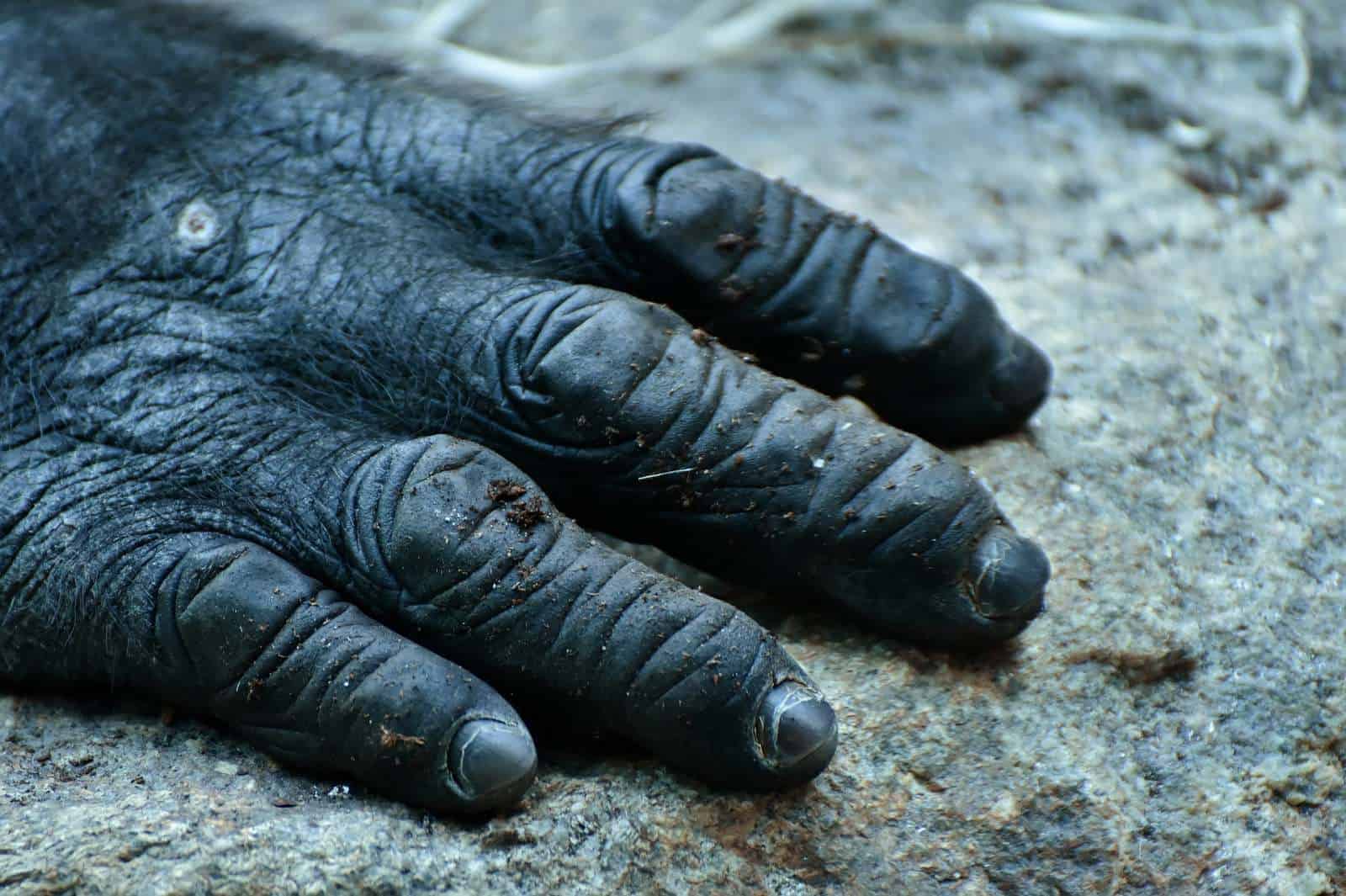


These gorillas are not habituated to the presence of humans so our trackers follow them from behind at a one-day distance, using nest sites, food remains, footprints and other methods to detect their presence, numbers, travel paths, diets and other important information. Western gorillas live in lowland, swamp, and montane forests from sea level to 1600 m (5249 ft) (Butynski 2001 Sarmiento 2003). Priority subspecies for this plan are Cross River gorillas (Gorilla gorilla diehli) and Grauer’s gorillas (Gorilla berengei graueri) in recognition of the high likelihood. As a result, these trackers camp for weeks at a time to protect this vast area. Gorilla SAFE supports conservation of wild gorillas through on-the-ground protection of gorillas, research and monitoring, and targeted stakeholder engagement and education. Unlike in Rwanda, where the gorillas are only a several-hour hike from the edge of the park, the gorillas of Nkuba are located deep in the forest, requiring our trackers to walk several days to reach them. The Great Apes Survival Project (GRASP) is an ambitious. 5 authorities has undertaken the Ranger-based Monitoring Programme (RBM), which acts as a tool for the rangers to collect information, which in turn helps to inform park management decisions. Now formally named the Nkuba Conservation Area, we work here with many local families to protect more than 600,000 acres of forest, hundreds of Grauer’s gorillas, chimpanzees, forest elephants, leopards and many other important species. The International Gorilla Conservation Programme in conjunction with the Congolese park. In 2012, the Fossey Fund set up a research and conservation field station in the village of Nkuba at the edge of a pristine forest and conducted intensive surveys of the area to analyze the status of Grauer’s gorillas and other large mammals in the region. Since most Grauer’s gorillas live outside national parks, engaging local communities in conservation efforts is essential. Project: Mbeli Bai Study Partner: Wildlife Conservation Society Location: Congo, Africa This is a long-term study of western lowland gorillas using direct observations. This study provides in-depth information on gorilla social structure, behavior. In 2004-2005, the Conservation Fund supported the following gorilla preservation projects through conservation education programs and habitat protection. Grauer’s gorillas are found only in the Democratic Republic of the Congo and, unlike their mountain gorilla cousins, are rapidly declining – more than 60% have been lost, primarily to poaching, in the last few decades. This is a long-term study of western lowland gorillas using direct observations.


 0 kommentar(er)
0 kommentar(er)
